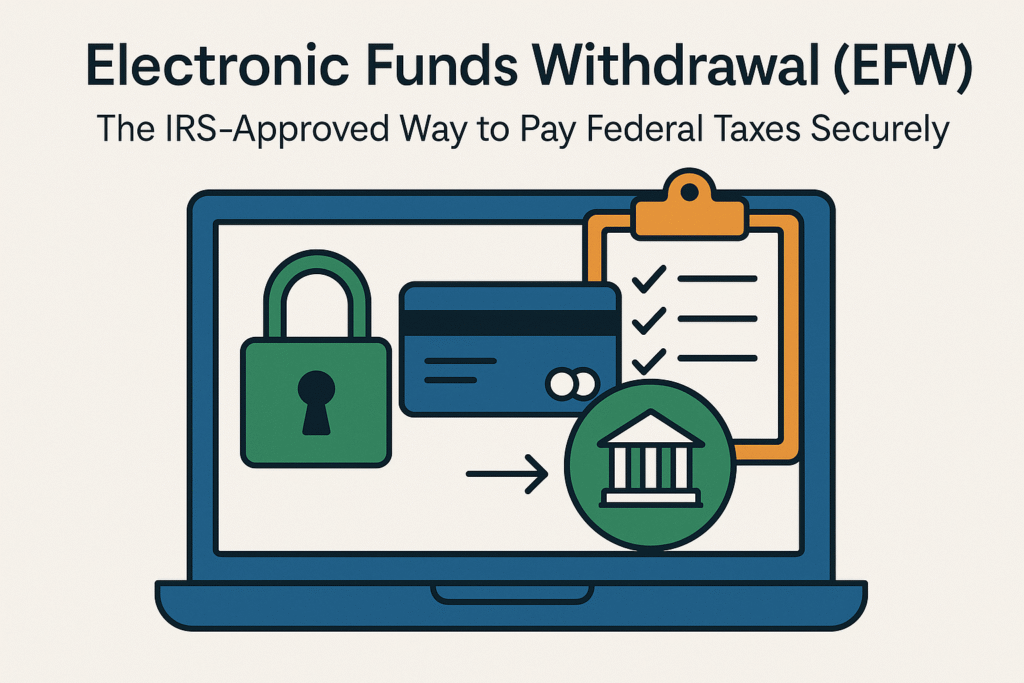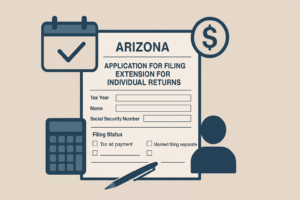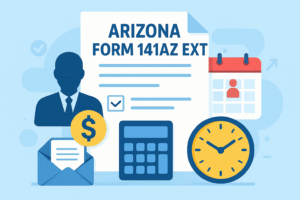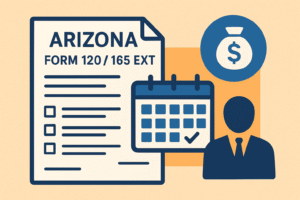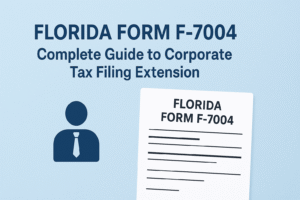Electronic Funds Withdrawal (EFW) is one of the IRS’s official payment options that allows individual taxpayers and businesses to pay their federal taxes directly from a checking or savings account while e-filing a tax return. Designed for simplicity and convenience, EFW integrates the payment process into the electronic filing experience, so you can file your return and schedule your payment in a single, seamless step.
This method is widely used by taxpayers who want to avoid the hassle of mailing checks or navigating separate payment portals. However, it is available only when you e-file and cannot be used as a stand-alone payment method.
What is Electronic Funds Withdrawal?
Electronic Funds Withdrawal (EFW) is an IRS-authorized payment method that lets you pay your federal tax liabilities by directly withdrawing funds from your U.S. bank account. This option is available only when e-filing your return using IRS Free File, commercial tax software, or an authorized tax preparer.
With EFW, there is no need to write a check, mail a voucher, or use a separate payment tool. Instead, you simply authorize the IRS to withdraw the specified amount from your bank account on a date you choose — usually the return due date or earlier.
How Does EFW Work?
Here’s how EFW works when you file your tax return electronically:
- Initiate E-File: Use tax software or a tax professional to prepare and e-file your return.
- Choose EFW as Payment Method: When asked how you’d like to pay, select Electronic Funds Withdrawal.
- Enter Banking Information: Provide your routing number, checking/savings account number, and account type.
- Set the Payment Date: Choose the withdrawal date — it can be the same day or a date up to the filing due date.
- Authorize the Payment: Submit your return along with the payment authorization.
- Receive Confirmation: You’ll receive a confirmation that includes a submission ID or tracking reference.
The IRS will process your return and initiate the debit from your account on the date you selected.
Benefits of Using EFW
EFW offers multiple advantages when paying federal taxes:
- All-in-One Filing and Payment: No separate logins or processes — file and pay together.
- No Fees: The IRS does not charge any convenience or transaction fees for EFW payments.
- Secure: Uses IRS-approved encryption to protect your banking and personal information.
- Payment Scheduling: You can schedule your payment for a future date, such as the return due date.
- Immediate Confirmation: You get a digital receipt confirming your payment was authorized.
- No Paperwork: Skip the checks, envelopes, and trips to the post office.
What Type of Tax Payment Can Be Made Using EFW?
EFW can be used for a wide variety of federal tax payments, as long as they are submitted during an e-filed return. These include:
- Individual income taxes (Form 1040, 1040-SR, 1040-NR)
- Estimated tax payments (Form 1040-ES)
- Amended returns (Form 1040-X, if e-filed)
- Business income taxes (Form 1120 series, 1065, etc.)
- Trust and estate income taxes (Form 1041)
- Extensions of time to file (Form 4868 for individuals, Form 7004 for businesses)
- Excise Taxes– Payments for fuel, alcohol, tobacco, and other excise tax liabilities.
- Payroll Taxes (Employment Taxes)
- Federal Income Tax Withholding from employee wages.
- Social Security and Medicare taxes (FICA) owed by both employers and employees.
- Federal Unemployment Tax (FUTA).
- Payments for Form 941 (Quarterly Federal Tax Return) and Form 944 (Annual Federal Tax Return).
Businesses are required to make payroll tax deposits via EFTPS on a monthly or semiweekly schedule, depending on their deposit frequency.
Important: EFW cannot be used to make payments without filing a return or extension. It is strictly tied to the e-file process.
Stand-Alone EFW Payments
EFW is not designed for stand-alone payments. In other words, you cannot log in separately and initiate an EFW payment without simultaneously filing a federal return or extension electronically.
If you need to make a payment outside the e-filing process, consider these IRS-approved alternatives:
- IRS Direct Pay – For individuals
- EFTPS – For businesses and individuals
- Credit/Debit Card Payments – Via IRS-authorized third-party processors
What Do You Need to Use EFW?
To use EFW for your federal tax payment, you must have the following:
- IRS-approved tax software or authorized tax professional
- A U.S.-based checking or savings account
- Your bank routing number and account number
- A valid Taxpayer Identification Number (TIN) – SSN or EIN
- The ability to e-file your tax return
Make sure your banking information is correct before submitting. An error can lead to payment rejection or IRS penalties.
Setting up EFW for Tax Payment
Here’s how to set up an EFW payment step by step:
- Start your e-file through the IRS Free File or commercial tax software.
- Select “Electronic Funds Withdrawal” when prompted for payment method.
- Enter your account details carefully.
- Pick your preferred withdrawal date (on or before the tax return due date).
- Submit your return and receive confirmation.
That’s it — the IRS handles the rest.
Is EFW Safe to Use for Tax Payments?
Yes. EFW is a secure IRS-endorsed payment method. Your banking information is encrypted and transmitted through secure channels in compliance with IRS data security standards.
Key safety assurances include:
- No third-party access to your account
- Data is not stored after payment is processed
- Encrypted transmission of banking and personal info
- Confirmation receipt provided immediately upon submission
EFW has been used by millions of taxpayers over the years without security breaches.
Can I Cancel an EFW Payment If I Made a Mistake?
Yes — but only if you act quickly. Once your EFW authorization is submitted with your e-filed return, the IRS allows cancellation only up to two business days before the scheduled withdrawal date.
To cancel:
- Call the IRS EFW cancellation line: 1-888-353-4537
- Be ready to provide your name, SSN, and payment details
After that window closes, the IRS cannot stop the withdrawal. If necessary, you must contact your bank to dispute or handle the transaction.
What Happens If I Do Not Have Enough Money in My Bank Account?
If your bank account has insufficient funds on the scheduled withdrawal date, the IRS will treat the EFW as a returned payment, similar to a bounced check. Here’s what happens:
- Your bank may charge you an NSF (non-sufficient funds) fee
- The IRS may impose a dishonored payment penalty:
- 2% of the payment amount for payments over $1,250
- 1% for payments of $1,250 or less
- Interest continues to accrue on your unpaid balance from the original due date
Tip: Make sure your bank account has sufficient funds on or before the withdrawal date to avoid penalties.
Can I Change Banking Account Once the IRS Accepts Your Request?
No. Once your return and EFW authorization are accepted by the IRS, you cannot change the bank account details, payment amount, or payment date.
To make a change:
- Cancel the original payment at least 2 business days before the scheduled date by calling the IRS
- If canceled successfully, you can refile or use another IRS payment method like Direct Pay or EFTPS
Always double-check your routing number, account number, and payment date before submitting your return.
Final Thoughts:
Electronic Funds Withdrawal (EFW) is a powerful tool for taxpayers looking for a secure, fee-free, and hassle-free way to pay their federal taxes. Its seamless integration with the e-filing process makes it an ideal choice for both individuals and businesses.
Just be mindful of the limitations — especially that EFW cannot be used for stand-alone payments or modified once submitted. Used correctly, it’s one of the easiest and safest ways to stay compliant with your IRS obligations.

